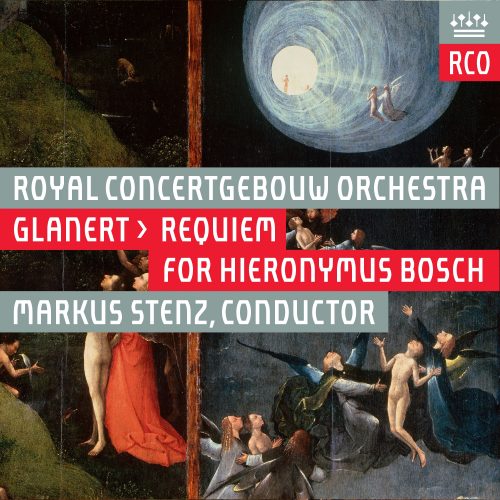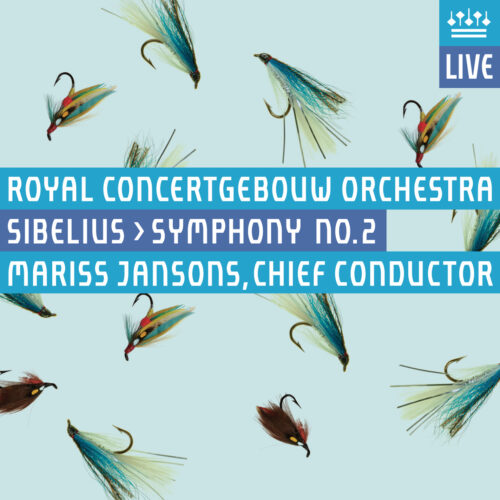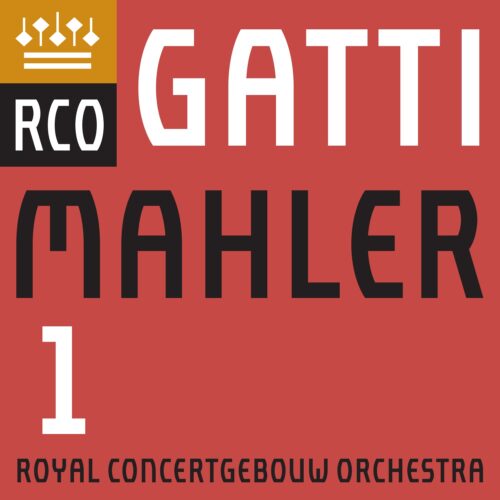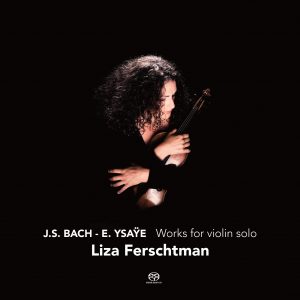The last works of Richard Wagner and Anton Bruckner are imbued with a remarkable spirituality, as if the two composers, both of whom were around the age of seventy when they wrote them, were distancing themselves once and for all from the earthly realm. It is difficult to imagine that either could have written anything else after these compositions, despite the fact that Wagner had planned to compose a number of symphonies after completing Parsifal and that Bruckner died even before completing his Ninth Symphony. Even on the day of his death, he had worked on the final movement.
Admittedly, both had built a deep relationship with the concept of eternity earlier in their careers. Bayreuth, where Wagner had built his own opera house, was the center of a cult the likes of which no composer before him had inspired and which lives on to this very day. Similarly, Bruckner’s symphonies are suffused with the sacred. In these sprawling orchestral structures, the individual is an insignificant creature, one who is at the mercy of divine omnipotence. This is why performances of these compositions are for many concertgoers something akin to a religious experience, and a daunting challenge for conductor and orchestra alike.
Just as Bruckner’s name is inextricably linked with the symphonic genre, Wagner’s is shorthand for that of the music drama. Wagner himself avoided the term ‘opera’ to emphasize his own exclusive, extended conception of the genre. He was, after all, the ultimate Romantic genius who had revolutionary sympathies and who was averse to authority, was philosophically well versed, reckless in his spending, bold in love, very outspoken in his opinions on fellow artists and an avowed anti-Semite. Music theatre was the perfect outlet for his soaring ambitions and groundbreaking views.
Tracklist
Please note that the below previews are loaded as 44.1 kHz / 16 bit.Total time: 01:20:35
Additional information
| Label | |
|---|---|
| SKU | RCO18008 |
| Qualities | |
| Channels | 2ch Stereo, 5 Channel Surround Sound, 2ch Stereo & 5ch Surround |
| Artists | |
| Composers | |
| Genres | |
| Microphones | Neumann and Schoeps with Polyhymnia custom electronics |
| Speakers | Grimm Audio and B&W Nautilus speakers |
| Recording Type & Bit Rate | DXD |
| Recording Software | Pyramix, Merging Technologies |
| Recording Location | Recorded live at Concertgebouw Amsterdam on January 5 and 7, 2018 |
| Recording Engineer | Everett Porter, Lauran Jurrius |
| Producer | Everett Porter |
| Notes | NativeDSD selectively creates higher DSD bitrates of label's releases using two methods (Merging Technologies Album Publishing and Singnalyst HQPlayer Pro), depending on the original edited master source. In order to understand the processes, a bit of background is appropriate. NativeDSD sells only recordings that were originally recorded in DSD or DXD (352.8KHz PCM). The overwhelming majority of these recordings were edited and post processed in DXD, then converted (modulated) into DSD deliverable bit rates. NativeDSD acquires the label's original DXD edited master, and using Merging Technologies Album Publishing, creates a first generation DSD64, DSD128, and DSD256, as well as a DXD FLAC deliverable. Additionally, on selected recordings, a 32bit PCM WAV file is extracted (the DXD PCM FLAC is 24 bits by format definition), and uses it to modulate a DSD512 using HQPlayer Pro. The exception to the above are the few label recordings (Yarlung, Eudora, Just Listen etc.) that record in DSD, and do no PCM post processing mixing, level balancing, EQ etc. That's doable by restricting post processing to just editing, where only the edit transition interval (typically 100ms or less) is PCM converted, leaving the DSD music content unaltered when rendered. For those recordings, the DSD edited master (the actual recording master with edits) is used with HQPlayer Pro to re-modulate the missing DSD bitrates. Why do any of this? It's to provide a DSD bitrate deliverable choice, allowing a customer to purchase the highest DSD bitrate their DAC will support. It's correct that there's no additional music content information contained in the higher DSD bit rate from the original DSD bitrate. What's different is the uncorrelated modulation noise content placement in the frequency spectrum. When a DSD original file is converted to DXD (PCM), the inherent DSD modulation noise is removed through the decimation filtering, and re-inserted when modulated back to DSD. The modulation noise (again, uncorrelated) is the carrier part of the DSD bitstream modulation, and an inherent part of the DSD bit stream.
While the spectorial shape is the same regardless of the DSD bitrate, it's effective start and end points move an octave higher for every doubling of the DSD bitrate. For DSD64, the uncorrelated modulation noise is about -110dB at 20KHz, rising to about -50dB at 100KHz. For DSD512, the modulation noise is about -110dB at 160KHz, and -50dB at 800KHz. What this allows is for the customer's DAC to use gentler, more Gaussian shaped reconstruction filters, with far improved phase response.
|
| Editing Software | Pyramix, Merging Technologies |
| Digital Converters | Benchmark AD converters |
| Original Recording Format | |
| Conductors | |
| Instruments | |
| Release Date | November 29, 2019 |
Only logged in customers who have purchased this product may leave a review.







Reviews
There are no reviews yet.